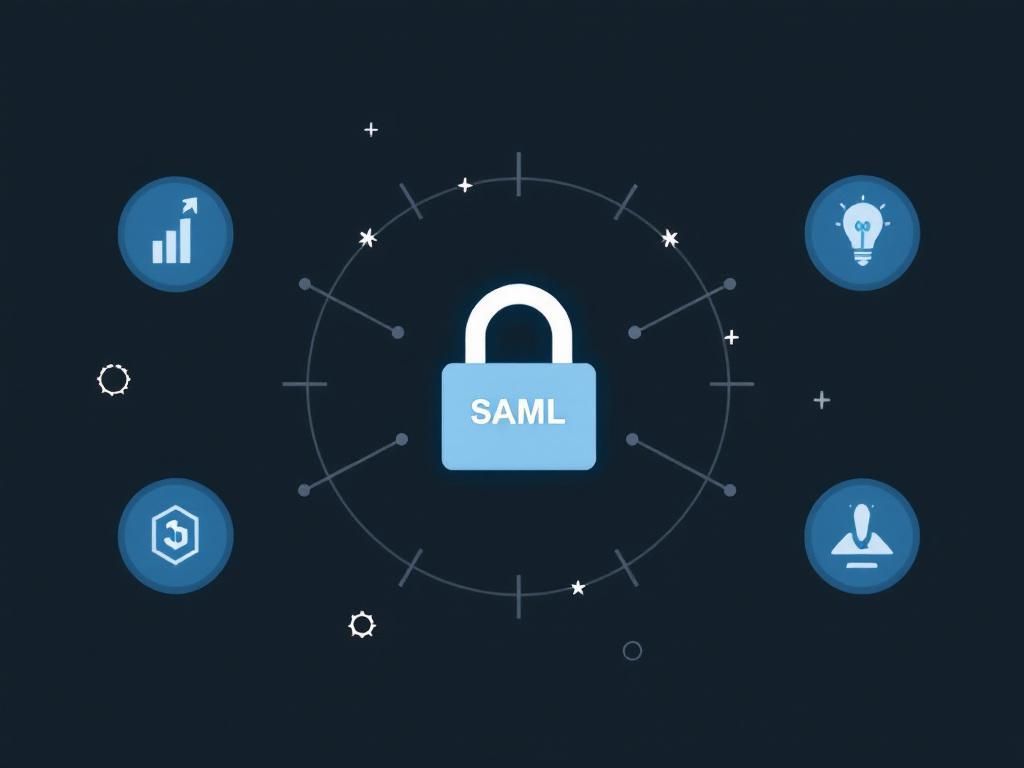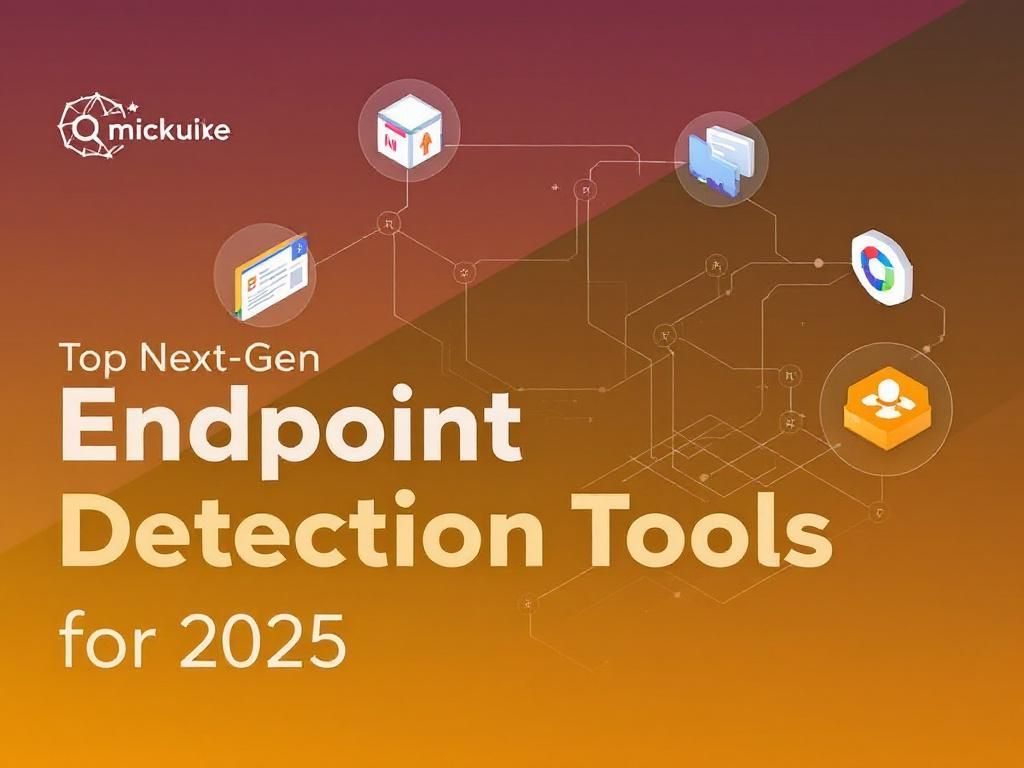10 Essential Tools for Network Security
Discover the top 10 tools every network security professional should use to enhance protection and prevent cyber threats.

In today’s increasingly connected world, maintaining network security has become more crucial than ever. With cyber threats continually evolving, organizations must equip themselves with the right tools to protect their networks from unauthorized access, attacks, and breaches. This article delves into ten essential tools that can enhance your network security posture, ensuring your data remains safe and your systems run smoothly.
Table of Contents
1. Firewalls
Firewalls serve as the first line of defense in network security. They monitor incoming and outgoing traffic and allow or block data packets based on predefined security rules.
Types of Firewalls
- Packet-filtering firewalls: Basic level, filtering packets based on predetermined rules.
- Stateful inspection firewalls: Keep track of the state of active connections and make decisions based on the context of the traffic.
- Next-generation firewalls (NGFW): Include additional features like deep packet inspection and intrusion prevention.
2. Intrusion Detection Systems (IDS)
An IDS monitors network traffic for suspicious activity and alerts administrators of potential threats. They can be categorized as follows:
Types of IDS
- Network-based IDS (NIDS): Monitors network traffic for all devices on the network.
- Host-based IDS (HIDS): Monitors a single host for suspicious activity.
3. Virtual Private Networks (VPNs)
VPNs encrypt internet connections, providing secure remote access to users. They are essential for organizations that allow employees to work from home or access network resources from remote locations.
Benefits of VPNs
- Data encryption for secure communications.
- Anonymity by masking the user’s IP address.
- Access to geo-restricted content and improved privacy.
4. Anti-virus and Anti-malware Software
These tools help protect systems from malicious software by detecting, blocking, and removing viruses, worms, Trojans, ransomware, and other threats.
Key Features
| Feature | Description |
|---|---|
| Real-time scanning | Monitors files as they are opened or downloaded. |
| Automatic updates | Regularly updates its threat database to combat new threats. |
| Quarantine capabilities | Isolates infected files to prevent further damage. |
5. Security Information and Event Management (SIEM) Software
SIEM tools aggregate and analyze security data from across the network, providing real-time analysis and alerts for potential security incidents.
Top SIEM Tools
- Splunk
- IBM QRadar
- LogRhythm
6. Vulnerability Assessment Tools
These tools scan systems and networks for vulnerabilities that could be exploited by attackers, allowing organizations to identify and remediate security weaknesses before they can be exploited.
Popular Tools
- Nessus
- OpenVAS
- Qualys
7. Penetration Testing Tools
Penetration testing tools simulate cyber attacks on an organization’s network or systems to identify weaknesses and improve security measures.
Commonly Used Tools
- Metasploit
- Kali Linux
- Burp Suite
8. Endpoint Detection and Response (EDR) Solutions
EDR tools continuously monitor end-user devices for suspicious activity and provide incident investigation and response capabilities.
Benefits of EDR
- Real-time monitoring and analysis of endpoint behavior.
- Automated response capabilities to contain threats.
- Detailed forensics and reporting capabilities.
9. Data Loss Prevention (DLP) Solutions
DLP tools help organizations prevent data breaches and unauthorized access to sensitive information by monitoring and controlling data transfers.
Key Functions
| Function | Description |
|---|---|
| Content discovery | Identifies sensitive data across networks and endpoints. |
| Policy enforcement | Ensures data handling policies are enforced across the organization. |
| Incident response | Provides alerts and reports on potential data breaches. |
10. Web Application Firewalls (WAF)
A WAF protects web applications by filtering and monitoring HTTP traffic between a web application and the Internet, defending against common attacks such as SQL injection and cross-site scripting.
Advantages of WAF
- Protection against application-level attacks.
- Improved security of web applications and APIs.
- Compliance with regulations and standards.
Conclusion
As cyber threats become more sophisticated, the need for robust network security solutions cannot be overstated. By utilizing these ten essential tools, organizations can create a multi-layered security strategy that will help protect their networks, data, and overall integrity. It’s crucial to stay informed about the latest security technologies and practices to adapt to evolving threats effectively.
FAQ
What are the essential tools for network security?
The essential tools for network security include firewalls, intrusion detection systems (IDS), antivirus software, VPNs, network monitoring tools, and encryption solutions.
How do firewalls protect my network?
Firewalls act as a barrier between your internal network and external threats, monitoring incoming and outgoing traffic to prevent unauthorized access.
What is the role of an intrusion detection system (IDS)?
An intrusion detection system (IDS) monitors network traffic for suspicious activities and alerts administrators to potential security breaches.
Why is antivirus software important for network security?
Antivirus software detects and removes malware, helping to protect devices on the network from viruses, worms, and other harmful threats.
How do VPNs enhance network security?
VPNs (Virtual Private Networks) encrypt internet connections, providing secure remote access and protecting data from eavesdropping.
What is the significance of network monitoring tools?
Network monitoring tools help administrators track network performance, identify vulnerabilities, and respond to security incidents in real time.








